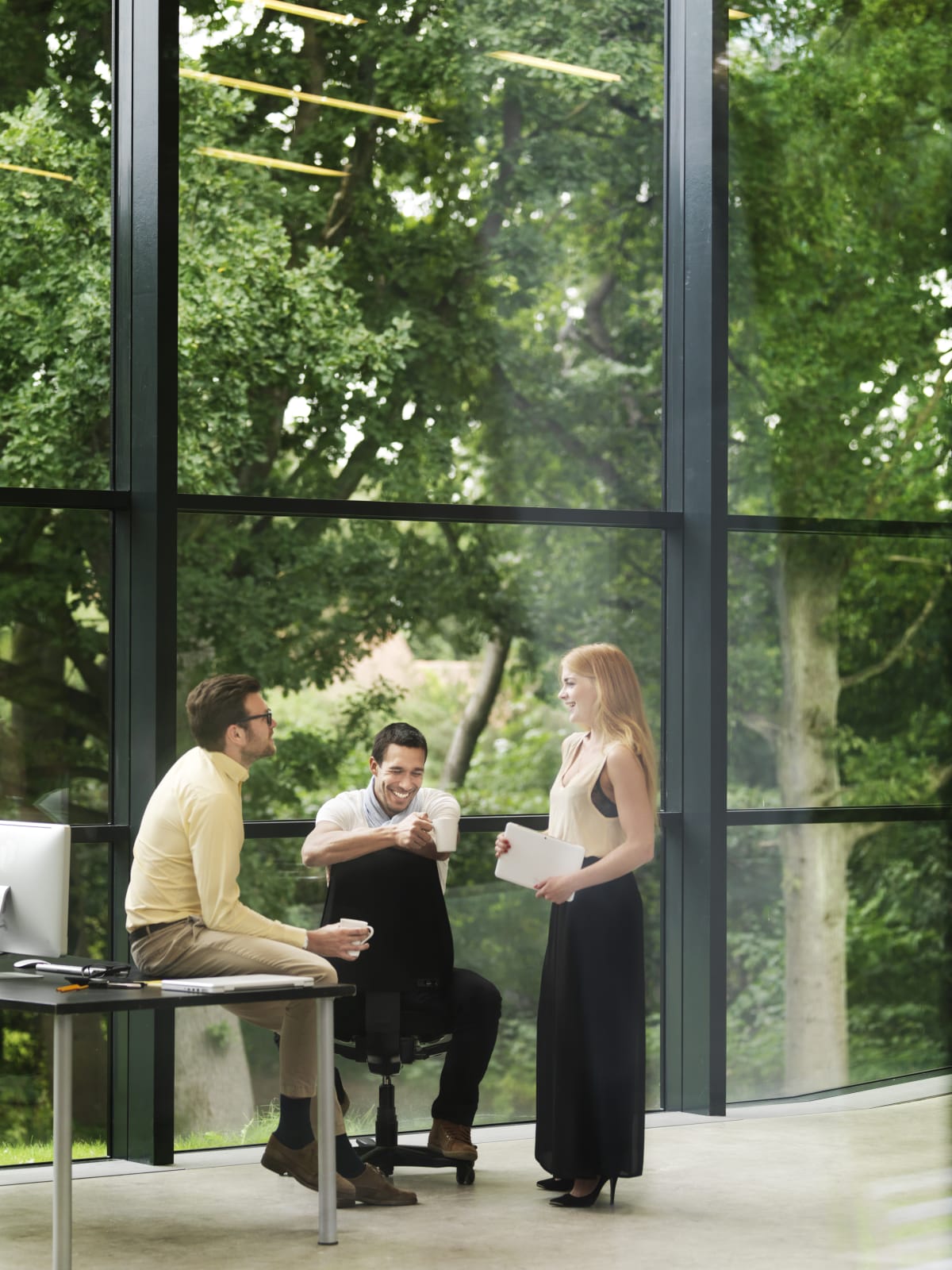Agility is the holy grail of the modern workplace. It’s about adapting to volatile business conditions, wiping out bureaucracy, embracing new tech, assuming there will be spanners thrown into the works, and being comfortable with going back to the drawing board. And, for HR directors, agility is an increasingly important part of meeting employee expectations.For example, the expectation that a business is set up for flexible working is more common than ever. Research from Flexjobs found 85% of millennials want full-time remote-working opportunities. And not just the option to work outside of the office once in a while – workers from this demographic are simply not willing to commute unnecessarily, and are seeking employers who understand this. For a growing number of employees, the option of flexible working is not a want, it’s a must-have.
For HR, the case for taking the agile approach is undeniable. Giving people greater control over their working lives does wonders for tackling workplace stress, helping talent remain in the workplace while juggling childcare needs or living with a disability, and has also been found to boost productivity: in IWG’s 2019 Global Workplace Survey, 85% of business leaders said flexible working had made their company more productive. Freeing staff from the constraints of fixed working hours and locations plays a huge part in improving employee engagement and in demonstrating a people-centric workplace culture – to both existing and potential members of the team.
As companies strive to offer a more agile approach to employment conditions, HR departments are negotiating new ground. Making it possible for employees to have more say over how and where they work can be a huge operational challenge, and there are important steps to take for teams moving towards a more agile workspace.
Clear communication and frequent information-sharing becomes more important than ever to ensure the success of projects, and keeping people accountable when working in different times and places. HR directors need to help their companies come up with a process for managing this. And although a more agile approach can facilitate remote working, it does not negate the need for regular face-to-face communication to keep team relations strong, give personal feedback, and for socialising. Once again, employees must be aware of what’s expected of them in this area, and how important it is for maintaining a positive working environment.
Agility isn’t just about working in different locations, however: it extends to the physical working environment itself. There are ways an inventive HR Director can influence the design and set-up of their company workspaces to maximise the different set-ups for employees. Standing desks, private meeting rooms, informal lounge areas with plenty of plug sockets, sociable kitchens with high chairs and communal coworking areas offer a sense of control to employees.
Rather than forcing them to sit at the same desk day in, day out, it lets them choose a set-up that’s best suited to the task they have at hand, or their current mood, and helps maximise productivity.
Intuitively designed working environments are a key driver for choosing flexible office space. Aside from its modern, design-led aesthetic, flexspace is becoming ever more available in suburbs and towns, closer to where people live. An easy win for HR agility is to provide employees with access to a conveniently located office of this type. It not only gives them more options about where to work but also provides a dynamic working environment where they can feel their most agile selves – and who would say no that?
Want to make your organisation more agile?






